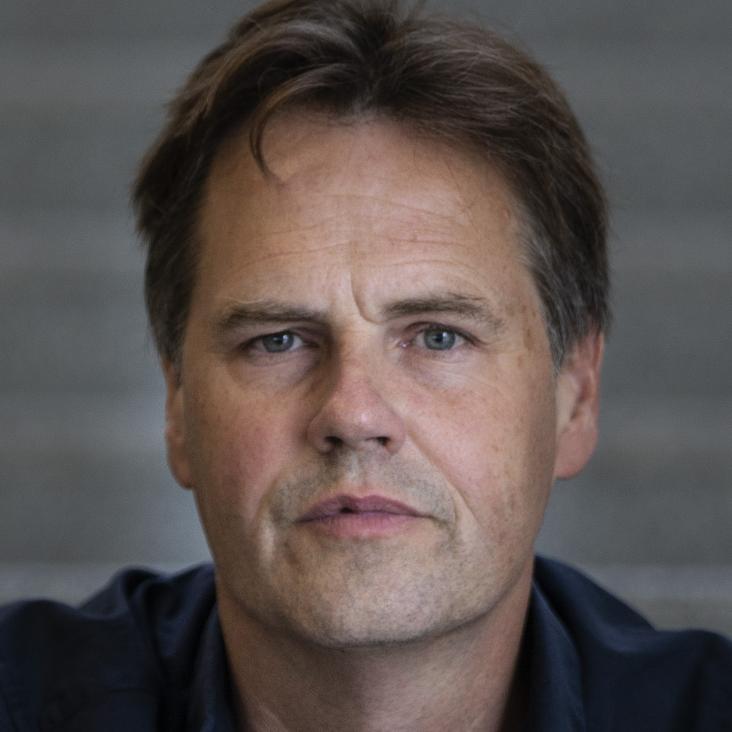Cosmological Implications of the MAXIMA-1 High-Resolution Cosmic Microwave Background Anisotropy Measurement
The Astrophysical Journal American Astronomical Society 561:1 (2001) l7-l10
Frequentist Estimation of Cosmological Parameters from the MAXIMA-1 Cosmic Microwave Background Anisotropy Data
(2001)
Frequentist Estimation of Cosmological Parameters from the MAXIMA-1 Cosmic Microwave Background Anisotropy Data
ArXiv astro-ph/0111010 (2001)
Abstract:
We use a frequentist statistical approach to set confidence intervals on the values of cosmological parameters using the MAXIMA-1 and COBE measurements of the angular power spectrum of the cosmic microwave background. We define a $\Delta \chi^{2}$ statistic, simulate the measurements of MAXIMA-1 and COBE, determine the probability distribution of the statistic, and use it and the data to set confidence intervals on several cosmological parameters. We compare the frequentist confidence intervals to Bayesian credible regions. The frequentist and Bayesian approaches give best estimates for the parameters that agree within 15%, and confidence interval-widths that agree within 30%. The results also suggest that a frequentist analysis gives slightly broader confidence intervals than a Bayesian analysis. The frequentist analysis gives values of \Omega=0.89{+0.26\atop -0.19}, \Omega_{\rm B}h^2=0.026{+0.020\atop -0.011} and n=1.02{+0.31\atop -0.10}, and the Bayesian analysis gives values of \Omega=0.98{+0.14\atop -0.19}, \Omega_{\rm B}h^2=0.0.029{+0.015\atop-0.010}, and $n=1.18{+0.10\atop -0.23}$, all at the 95% confidence level.Estimate of the Cosmological Bispectrum from the MAXIMA-1 Cosmic Microwave Background Map
(2001)
Making Maps Of The Cosmic Microwave Background: The MAXIMA Example
(2001)


